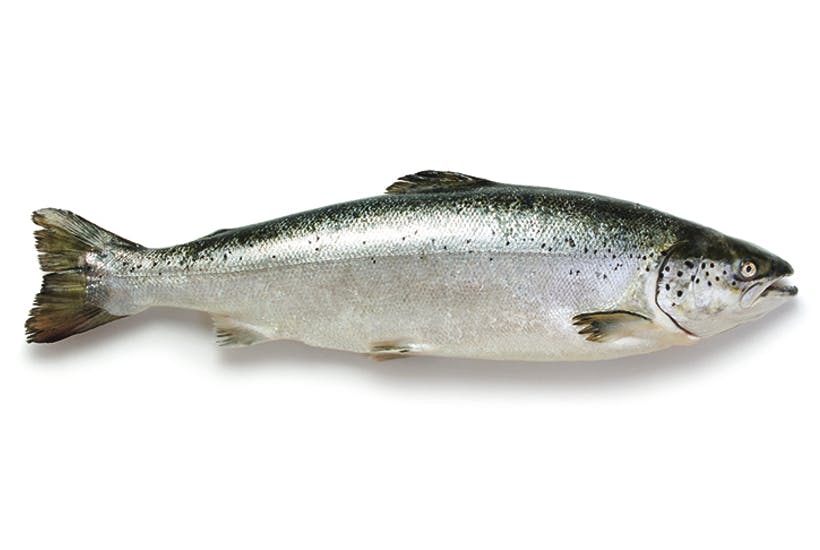In October 1987, Hugh Falkus, the most famous name in salmon fishing, and I, with three other friends, caught 124 wild salmon in a week’s fishing on the Junction Pool of the River Tweed. This included several fish over 20lb. Today, you would be lucky to catch a tenth of that number, and there would be no big fish among them. In the 1980s there were approximately nine million salmon swimming in the Atlantic. Now there are roughly two million. The situation has become so dire that earlier this month the chief executive of Fisheries Management Scotland announced that the future of salmon is now at a ‘crisis point’.
What are the possible reasons for this tragic decline? The main problem, I believe, is simple: apathy. In the 1980s when we had our wonderful week on the Tweed, we all thought that the days of plenty would never cease and we did little to ensure that they continued. We killed every fish that we caught (I am ashamed to say that I have a photograph of that amazing catch laid out on the floor of the Ednam House Hotel in Kelso), and it would never have crossed our minds to release any back into the water, which is common practice today. We didn’t look after the redds, the salmon nests the females dig into the gravel river bed to deposit their eggs in the autumn or winter. The gravel needs to be raked once a year to stop it becoming compacted. Meanwhile, downstream, salmon nets were allowed to flourish in the Tweed’s estuary, as they were on every river.

Yet despite restrictions to fishing (fisher-men have been banned from catching salmon in Scottish coastal waters since 2016), it worryingly remains the case that for every 100 salmon that leave our rivers for the sea, fewer than five return — a decline of 70 per cent in 25 years.







Comments
Join the debate for just £1 a month
Be part of the conversation with other Spectator readers by getting your first three months for £3.
UNLOCK ACCESS Just £1 a monthAlready a subscriber? Log in